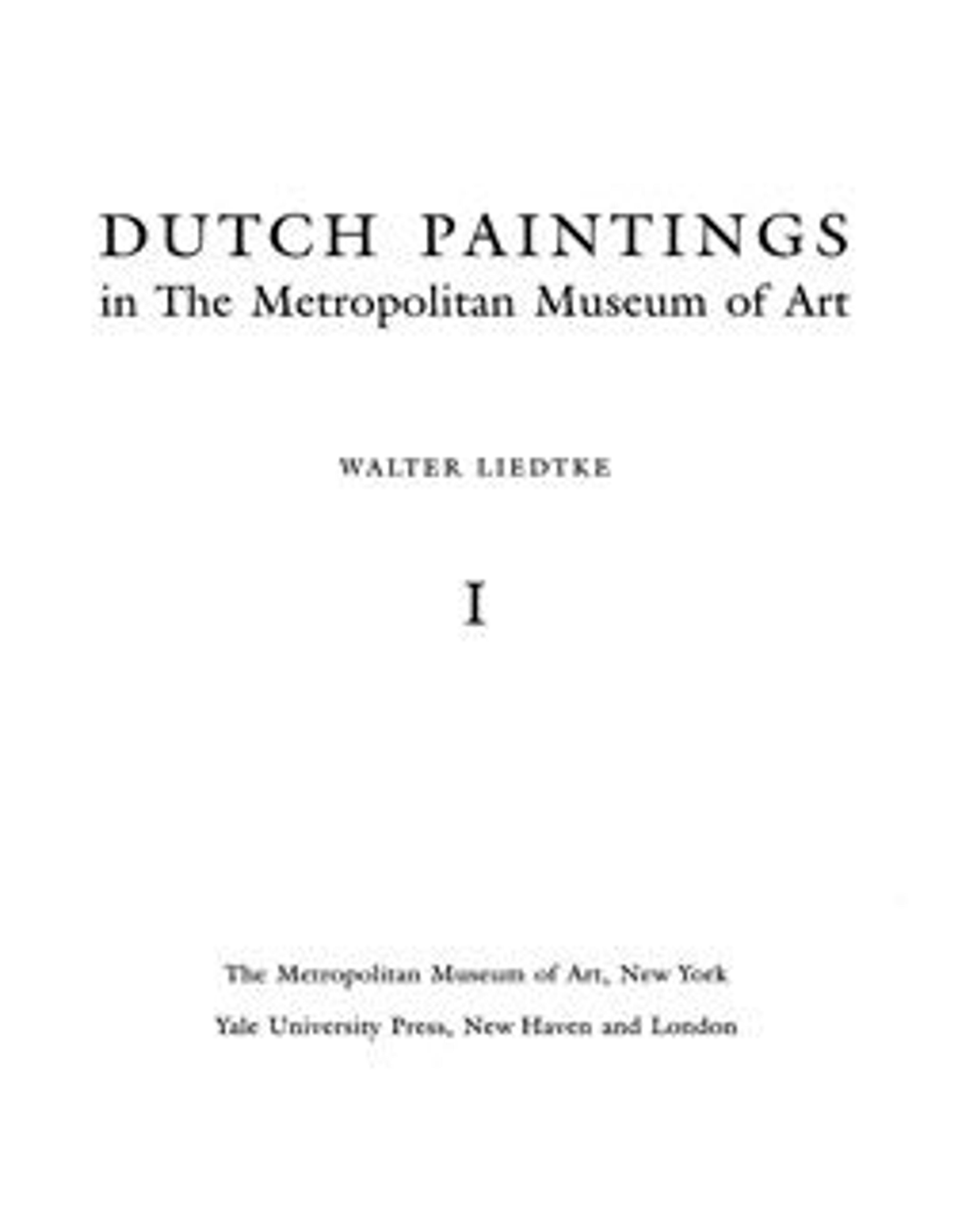Young Woman with a Pearl Necklace
The sitter bears a resemblance to Hendrickje Stoffels (born about 1625–26, died 1663), Rembrandt's common-law wife and the subject of a number of his portraits, one of which is in The Met. The picture is the work of a pupil of Rembrandt, and the strong light striking the face suggests that it may be by Barent Fabritius. Another version is in Dresden.
Artwork Details
- Title: Young Woman with a Pearl Necklace
- Artist: Copy after Willem Drost (Dutch, late 17th or early 18th century)
- Medium: Oil on canvas
- Dimensions: 33 1/8 x 24 1/2 in. (84.1 x 62.2 cm)
- Classification: Paintings
- Credit Line: Bequest of Benjamin Altman, 1913
- Object Number: 14.40.629
- Curatorial Department: European Paintings
More Artwork
Research Resources
The Met provides unparalleled resources for research and welcomes an international community of students and scholars. The Met's Open Access API is where creators and researchers can connect to the The Met collection. Open Access data and public domain images are available for unrestricted commercial and noncommercial use without permission or fee.
To request images under copyright and other restrictions, please use this Image Request form.
Feedback
We continue to research and examine historical and cultural context for objects in The Met collection. If you have comments or questions about this object record, please contact us using the form below. The Museum looks forward to receiving your comments.
